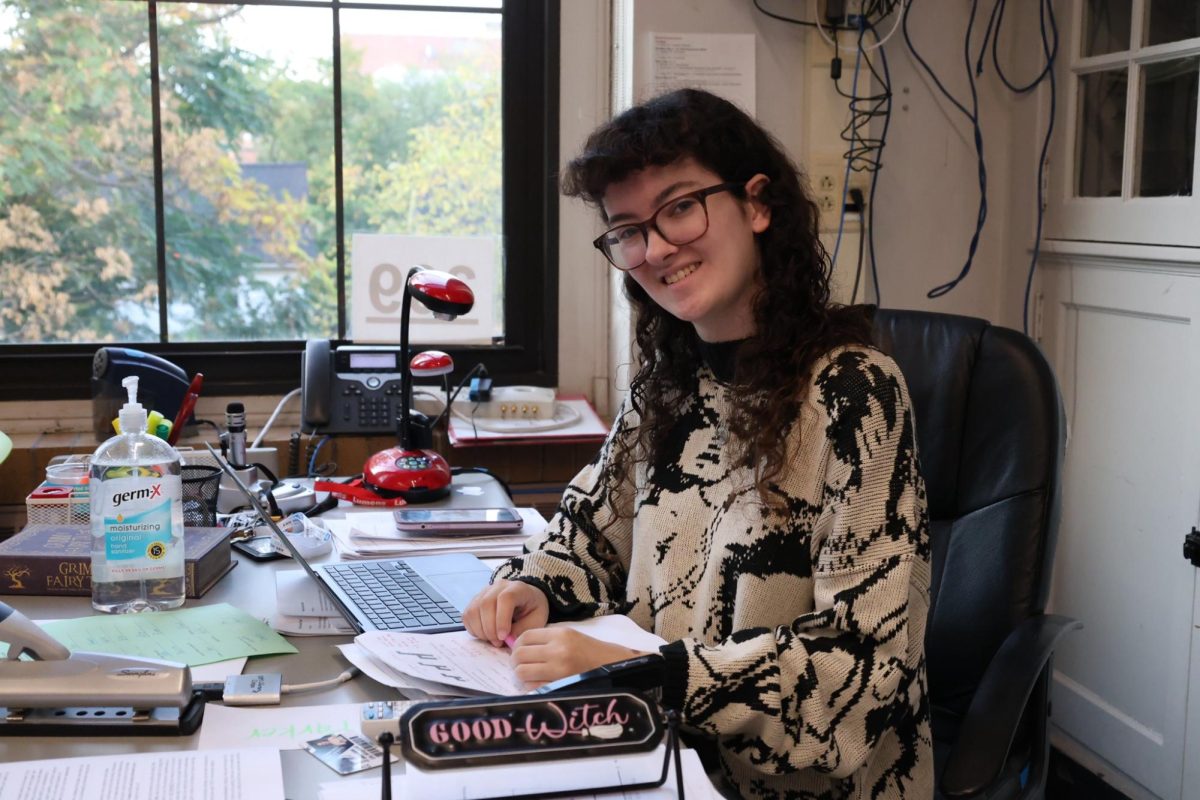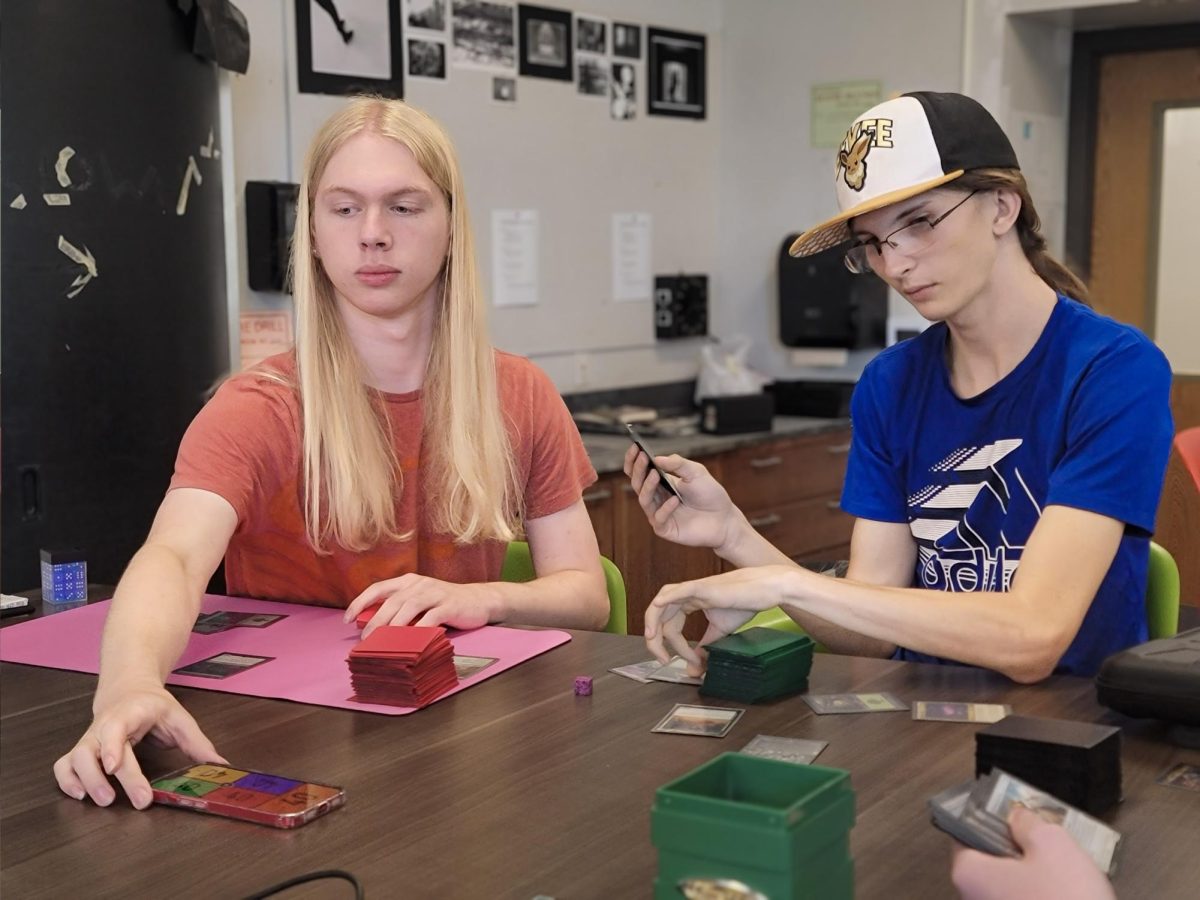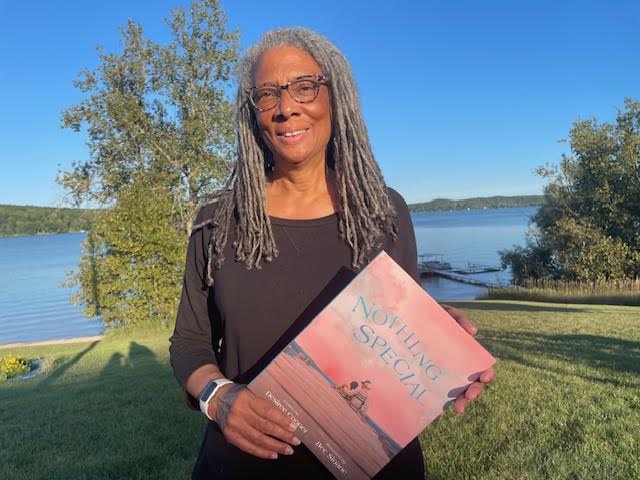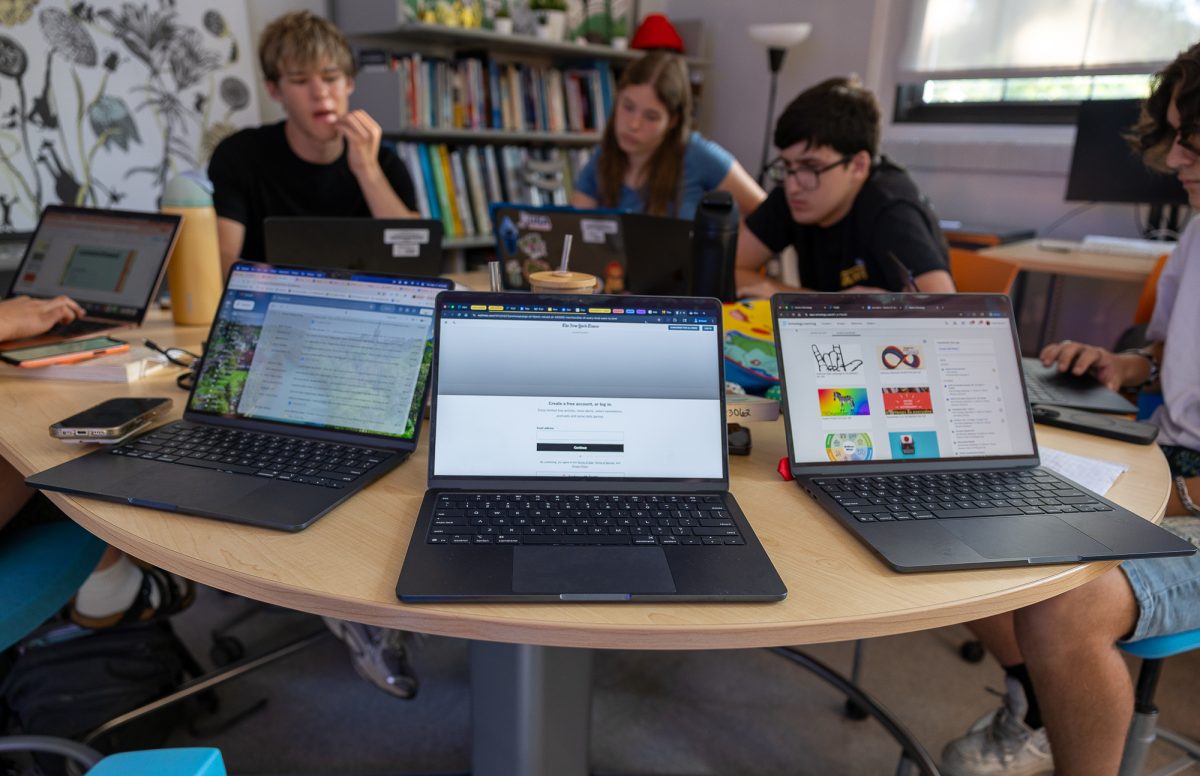When you think of a bilingual person, you may imagine someone flipping through languages effortlessly, or a person becoming fluent in a language by immersing themselves in another country. However, many bilingual people in America diverge from the cookie-cutter idea of what it means to speak another language. Among Community High School Sophomores, many speak a second language and represent the wide array of bilinguals across the US.
America Gomez-Dominguez’s first language is Spanish, which they understand fluently and speak mostly proficiently. They consider their identity as being “first and foremost Mexican”.
“I guess it was only really in school that I had a connection to being American,” said Gomez-Dominguez. “Considering I was really close with my close family and I would always stay over at my extended family’s houses. And we were just a tight group. So, being at school was really just my only way to get into more American culture.”
As Gomez-Dominguez grew up, they incorporated more English into their life through TV shows, books, and eventually school.
“I do wish that [my family] forced me to speak more Spanish as well as English, because I spoke English at school, but then I started speaking English at home as well. I wish at that point that they [would have] forced me to speak more Spanish,” Gomez-Dominguez said.
Despite the challenges of losing Spanish proficiency as they grew up, Gomez-Dominguez is committed to keeping it alive in the household, and doesn’t lean towards English anymore when talking with their older sister, nicknamed “Wally”, and other family members.
Nick Villamor, a member of Community’s math club, also considers Spanish his first language. He learned English through his babysitter before improving his skills in Kindergarten. Language is a critical part of Villamor’s identity.
“If I didn’t speak Spanish, I wouldn’t feel like a true Hispanic, even if my parents were fully Hispanic. I feel like by speaking Spanish, whenever I think of my identity, that’s the first thing I think about,” Villamor said. “I usually think about three things that I would use to describe myself and that’s always there, it’s just a part of me.”
Villamor was not always as enthusiastic about his bilingual life; in early Elementary school he felt like the odd one out speaking Spanish in a room full of English-speaking kids
“I would tell my mom ‘Wait, can you not speak right now?’” Villamor said. “Because if she spoke to me, then I would feel tempted to just say something back in Spanish, all the other kids would just stare.”
Despite this, Villamor continues to speak Spanish at home with his mother, who is from Spain, and now views it as a large part of his sense of self.
Emma Goblirsch, a staff member on The Communicator, speaks German, having learned it together with English from her parents since she was a baby, sometimes leading to confusion.
“When I was younger, I had two tracks that I was on,” Goblirsch said. “Sometimes it was English, sometimes it was just German, and sometimes they would kind of intersect.”
Goblirsch’s household is a mix of both of her languages; her mother is German and father American. She visits Germany once a year to continue to improve and hold on to her German.
“As someone who’s older now, retaining your knowledge of another language is a lot harder if you don’t use it every single day,” Goblirsch said.
In a monolingual world, it is difficult to speak two languages considering almost every situation demands only one be spoken. Although her mind was on two tracks, Goblirsch knows being bilingual grants many opportunities for the future, and she continues to learn.
“There’s going to be the racism that comes with [being Mexican-American]. When I was in third grade, I was put into a sort of English help class, even though at that point, I probably spoke more English than I did Spanish and I had no accent whatsoever,” Gomez-Dominguez said. “But it was just because of my last name and my mother’s accent but they put me in that class.”
Profiling based on last names didn’t just happen to Gomez-Dominguez, but Villamor as well, speaking to the pressure from outside influences for families to speak English and conform to racist and xenophobic standards.
“When I was talking to [my middle school counselors], they said stuff like, ‘Oh wow, you have such good vocabulary,’ like I didn’t speak,” Villamor said.
Along with the push to speak only English in the United States, connecting to a culture from a country you don’t live in through language can have its challenges.
Sometimes Gomez-Dominguez’s own family members see them as more American than Mexican. Especially their family in Mexico because they didn’t know a lot of Spanish growing up. They only spoke Spanish with family up until they started school, in which they switched to speaking mainly English at home as well.
“It’s been more difficult to connect with those kinds of family members who try to look down [on me]. They [try] to simplify their words. Even though for me, it’s more like I can understand them, It’s just more difficult for me to come up with a response of my own,” Gomez-Dominguez said.
Even families can contribute to the gradual transition from speaking two languages to just English. Because of the disconnect with one another’s lives from living across different countries and continents, more difficulty is created when trying to communicate.
Nevertheless, Villamor went into high school with a strong sense of connection to who he is.
“If I weren’t bilingual, but I were still Hispanic, so like, if my parents hadn’t taught me Spanish, I would definitely feel a lot more isolated culture-wise,” Villamor said. “The entire language connects us. So I feel like I would be missing out if I didn’t know it. [It] connected me a lot. For example, just a simple or traditional food, we all communicate over it in Spanish.”
Gomez-Dominguez has committed to continuing speaking Spanish.
“The reason I still speak Spanish is to connect to my culture and my family. But really, the only reason I learned English is because I wouldn’t get very far in life without it, especially in the US,” Gomez-Dominguez said.
Goblirsch isn’t limited to speaking only one language per setting, however that leads to its own difficulties.
“Retaining your knowledge of another language is a lot harder if you don’t use it every single day. So grammar and speaking, sometimes I can’t find the exact right words. I know what I’m trying to say. But I can’t exactly get it out,” Goblirsch said.
Constantly keeping two languages in your mind can lead to misunderstandings among others. Even simple mistakes like using the wrong word to address someone can end sourly.
Regardless of the tangle of information occasionally caused by keeping the words for two languages all in one space, Goblirsch is happy her parents taught her German and English, and enjoys being able to talk to her mom without others understanding.
Despite the hurdles Gomez-Dominguez, Villamor and Goblirsch face with being bilingual, they wouldn’t trade their ability to speak another language.
“You can never learn too many languages. It’s great for job opportunities. It’s great for school. It’s also great for your brain and aging because you’re always occupied with something. It’s really good for your brain to keep healthy.” Goblirsch said.















